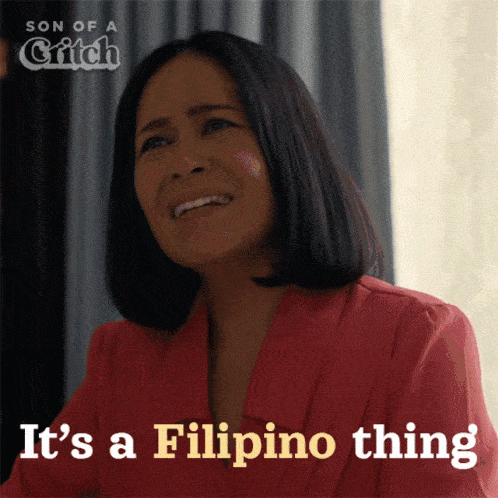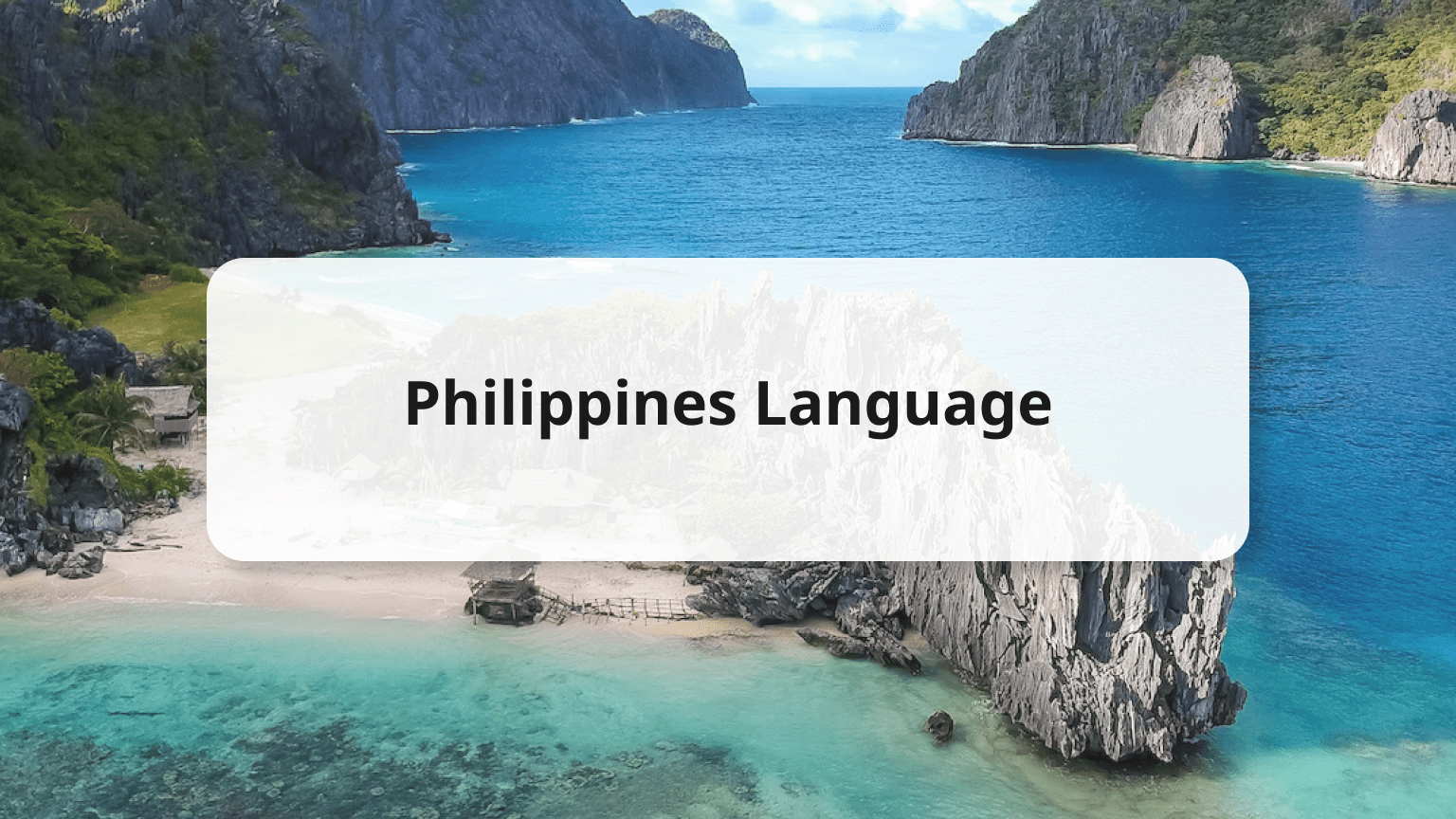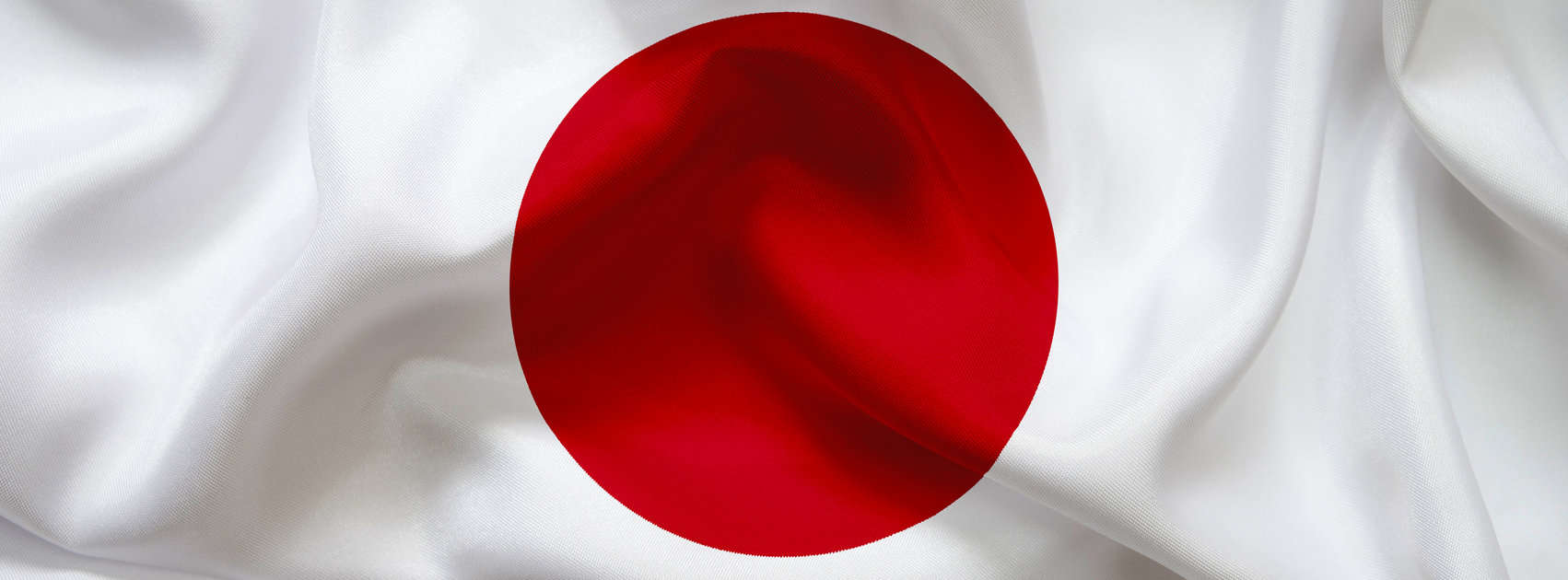“Philippines language” – a topic rich in diversity and history. In this article, we’ll explore the official languages of the Philippines and the many regional languages that are spoken across the country. From Filipino and English to Tagalog and Visayan, the Philippines is home to a fascinating array of languages.

The official languages of the Philippines
Filipino
Filipino is the national language of the Philippines and is based on Tagalog, one of the country’s regional languages. It is the primary language used in government, education, and media, and is spoken by over 90% of the population. Filipino is a relatively young language, having only been declared the national language in the late 1940s. It is closely related to Tagalog and shares many of the same vocabulary and grammatical structures.
English
English is also an official language of the Philippines, along with Filipino. It is used widely in business, education, and media, and is spoken by a significant portion of the population. The Philippines has a long history of English language education, dating back to the American colonization of the country in the late 19th century. As a result, many Filipinos are fluent in English and use it as a second language.

Regional languages of the Philippines
Tagalog
Tagalog is a regional language of the Philippines that is spoken primarily in the central and southern regions of Luzon, the country’s largest island. It is the basis of Filipino, the national language, and is closely related to other regional languages such as Bicolano and Waray. Tagalog has a rich literary tradition and is known for its poetry, songs, and folktales.
Visayan
Visayan is a group of closely related languages that are spoken in the Visayan islands of the central Philippines, including Cebuano, Hiligaynon, and Waray. These languages are among the most widely spoken in the country and are used in education, media, and government in the Visayan regions. Visayan languages have a long history and are known for their distinct vocabulary and grammatical structures.
Other Languages
In addition to Tagalog and Visayan, there are many other regional languages spoken in the Philippines. These include Ilokano, Kapampangan, and Bicolano, to name just a few. Each of these languages has its own unique history, culture, and dialects, and together they form a rich and diverse tapestry of the Philippine language and identity.

Learning and Preserving Languages of the Philippines
Learning a regional language: If you’re interested in learning one of the regional languages of the Philippines, there are many resources available to help you. You can find books, websites, apps, and classes that can teach you the basics of the language and help you improve your skills. Additionally, by spending time in the Philippines and immersing yourself in the language and culture, you’ll be able to learn even more and gain a deeper understanding of the language.
Preserving indigenous languages: Many of the regional languages of the Philippines are indigenous languages, meaning they are spoken by indigenous communities and are an important part of their cultural identity. In recent years, there has been a growing effort to preserve these languages and ensure that they are not lost. This includes initiatives to teach indigenous languages in schools, document and study the languages, and promote their use in daily life.

The role of language in Philippine culture: Language plays a vital role in Philippine culture and identity. It is a means of communication, but it is also a reflection of the country’s history, values, and traditions. By learning and preserving the languages of the Philippines, we can better understand and appreciate the country’s unique culture and contribute to its ongoing vitality and diversity.
Time to Know More About Philippines Language
The languages of the Philippines are a reflection of the country’s rich and varied culture and history. By learning about these languages, we can gain a deeper understanding of the Philippines and its people. Whether you’re interested in learning a new language or simply want to know more about the Philippines, this article has something for you. Happy language learning!

















